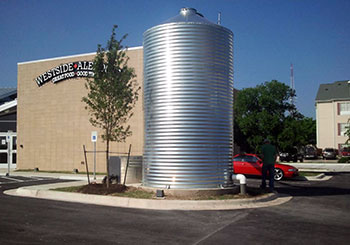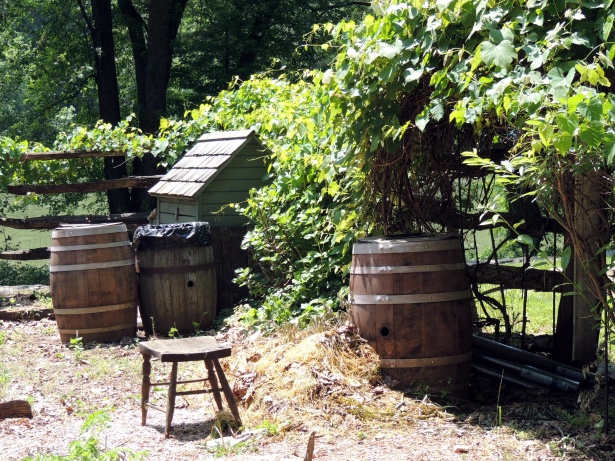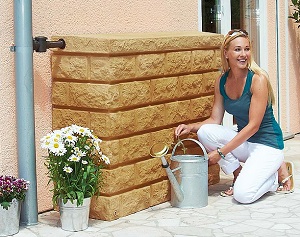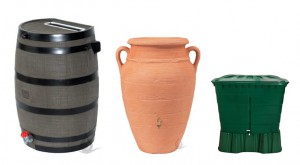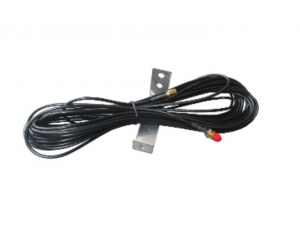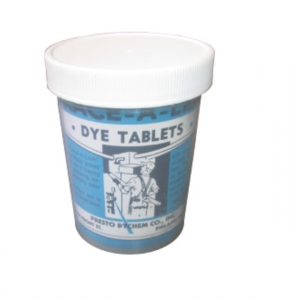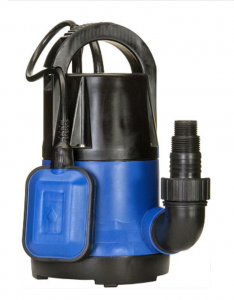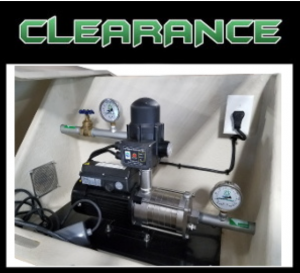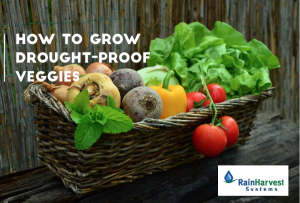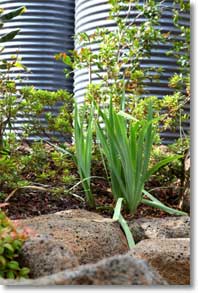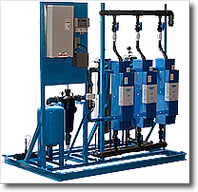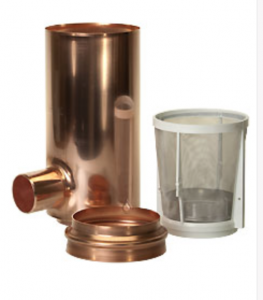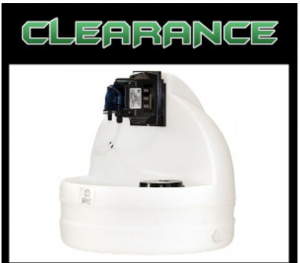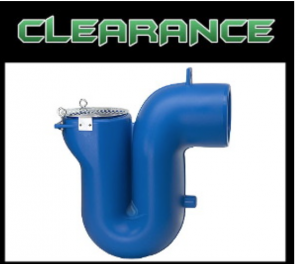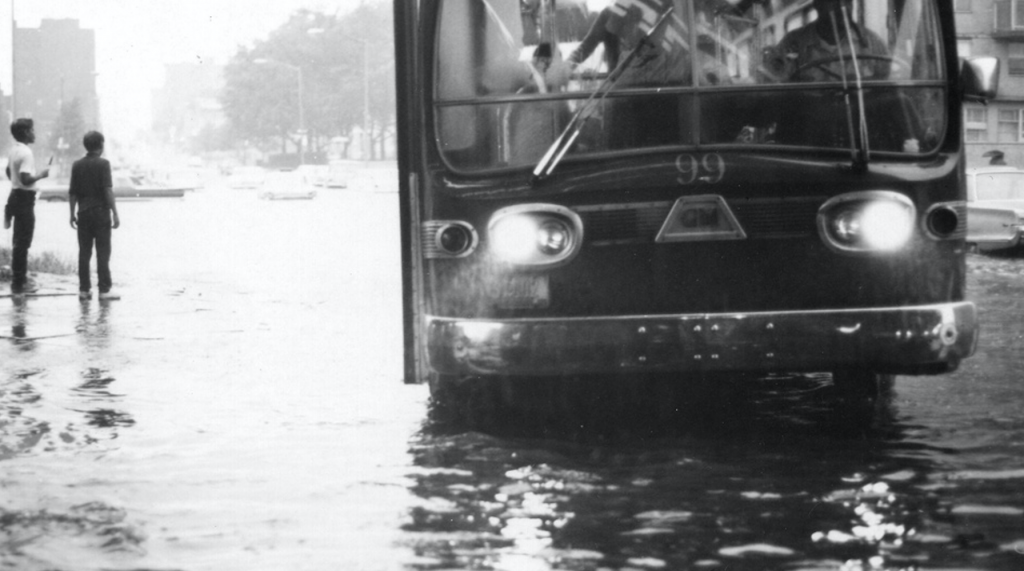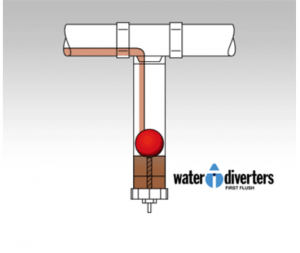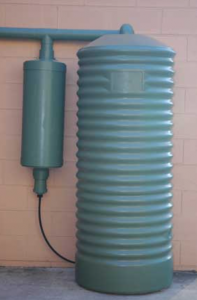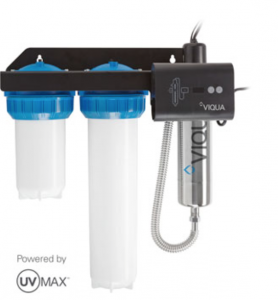Businesses and industries are constantly challenged to meet environmental requirements. When it comes to conserving and managing a large rainwater harvesting system for a facility, designers and owners look for long-term, structurally strong, watertight, cost-effective solutions. We think the corrugated tank systems from RainFlo are often the best solutions for a wide variety of companies.
They can be easily configured.
RainFlo steel water storage tanks use the latest technology and materials. The design utilizes a bolted steel outer shell with a heavy-duty liner. The tanks can be assembled at the project site by trained installation professionals or sold only as a product without professional installation. A highly detailed and easy to follow instruction manual is included with every purchase. A professional can also be called in to help configure a variety of design options that include fill and overflow flanges, lids and hatches, and ladders, stairs, and anchors.
The corrugated steel material is durable and translates to all climates.
These versatile tanks have been installed in a wide variety of countries. The tanks are assembled onsite, which makes them especially convenient for remote areas. Their durability has made them stout and effective in a variety of climates, including dry, arid deserts, snow, earthquake-prone areas, and hurricane alleys.
The corrugated steel material meets fire safety and potable water storage requirements.
RainFlo’s tanks are built to meet National Fire Protection standard NFPA-22, which “provides requirements for the design, construction, installation, and maintenance of tanks and accessory equipment that supply water for private fire protection.”
RainFlo potable water tanks can be manufactured with materials that conform to the requirements of NSF® Standard 61, Drinking Water System Components: Health Effects. The National Sanitation Foundation (NSF) is a leading international organization that develops standards, and tests and certifies products in the areas of public health safety and environmental protection. RainFlo potable water tanks are manufactured with a liner that has been approved as conforming to NSF standards for drinking water system components, demonstrating once again that RainFlo is a pioneer in its industry.
The tank’s modular design makes it easy to use.
The durable material that makes up these tanks can be flattened, which make it easy to package and transport. This is critically important for remote areas such as islands, where municipal water resources may reach a minimum amount of the population or may not even exist at all. RainFlo’s corrugated steel tanks are designed to be constructed onsite in minimal time with little site preparation required. Most corrugated steel tank models can be installed on a 6” minimum thickness sand or gravel foundation pad.
Corrugated steel tanks can meet LEED credits.
Owners and designers of new construction and major renovation projects can use RainFlo Corrugated Steel tanks to qualify for points under the U.S. Green Building Council’s sustainable sites and water efficiency categories of its Leadership in Energy and Environmental Design (LEED®)(1) Green Building Rating System™. The tanks can earn qualification credits in Water Efficiency 1.1 and 1.2, and credits in Water Use Reduction. The intent of these LEED credits is to limit or eliminate the use of potable water, or other natural water resources, for landscape irrigation. RainFlo CGS tanks are routinely used to collect and store captured rainwater or recycled site water, which is then used for landscape irrigation. Using rainwater and/or greywater instead of potable water is one way to reduce the use of potable water for irrigation. Using RainFlo CGS water tanks, a system can be designed to conserve as much as 100 percent of potable water for such purposes.
RainHarvest Systems provides planning, design, implementation and maintenance services for commercial and industrial systems of all sizes through a network of in-house and industry partnerships that best fit the needs of the project. Our in-house CAD department, experienced LEED AP design staff, rainwater lab and industry-leading selection of rainwater storage options, filtration, high-capacity pump stations and water treatment systems make any water retention and detention system greatly simplified and achievable. Call us at 800-654-9283 to get your questions answered, or visit our website for more information.

